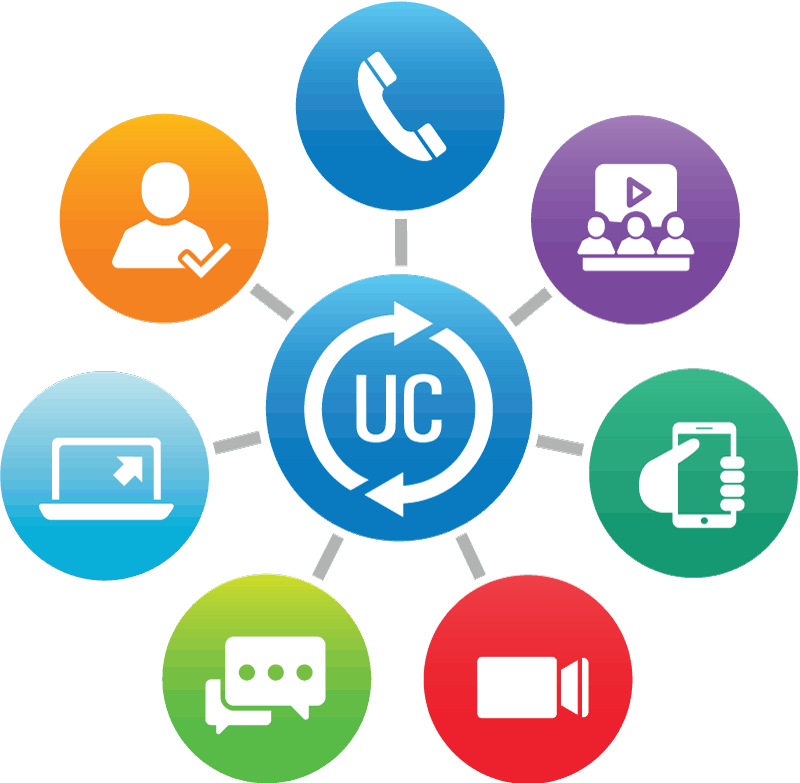Unified Communications: Transforming Business Communication

Unified Communications (UC) is revolutionizing the way businesses manage communication by integrating multiple communication tools into a single platform. Traditionally, organizations relied on separate systems for email, instant messaging, voice calls, video conferencing, and collaboration tools. This fragmentation often led to inefficiencies, miscommunication, and delays in decision-making. Unified Communications brings these disparate tools together, enabling employees to communicate seamlessly and efficiently, regardless of their location or device.
The core of UC lies in its ability to unify real-time and non-real-time communication channels. Real-time communication, such as voice and video calls, instant messaging, and presence information, allows employees to interact instantly, enhancing collaboration and reducing response times. Non-real-time communication, including email, voicemail, and fax, is also integrated, ensuring that no messages are missed and all communication can be managed from a single interface. This integration creates a more cohesive communication environment that supports both internal team collaboration and external customer interactions.
One of the key benefits of Unified Communications is its impact on productivity. By providing a single platform where employees can access all communication tools, UC minimizes the need to switch between multiple applications. This seamless experience reduces time wastage, streamlines workflows, and improves employee efficiency. Furthermore, features like presence detection inform users about colleagues’ availability, enabling them to choose the most appropriate communication channel at any given time. This intelligent routing of communication prevents unnecessary delays and ensures faster problem-solving and decision-making.
Another advantage of UC is enhanced mobility and flexibility. With cloud-based UC solutions, employees can stay connected from anywhere using smartphones, tablets, or laptops. This mobility is crucial in today’s hybrid work environment, where remote work and flexible schedules are becoming the norm. Teams can collaborate in real-time via video meetings, share files instantly, and stay informed about ongoing projects, even when working from different locations. This flexibility not only improves employee satisfaction but also strengthens business continuity and operational resilience.
Security and cost-efficiency are additional factors driving the adoption of Unified Communications. By consolidating multiple communication systems into a single platform, organizations can reduce infrastructure costs, simplify management, and improve security controls. Cloud-based UC solutions offer encryption, secure access, and compliance with industry regulations, ensuring that sensitive data is protected while communication remains reliable.
Source - https://www.marketresearchfuture.com/reports/unified-communications-market-6574
Unified Communications is transforming the way organizations communicate and collaborate. By integrating voice, video, messaging, and collaboration tools into a single platform, UC enhances productivity, supports mobility, ensures security, and reduces costs. As businesses increasingly adopt hybrid work models, Unified Communications will continue to play a pivotal role in creating efficient, connected, and agile workplaces.
- Art
- Causes
- Crafts
- Dance
- Drinks
- Film
- Fitness
- Food
- Giochi
- Gardening
- Health
- Home
- Literature
- Music
- Networking
- Altre informazioni
- Party
- Religion
- Shopping
- Sports
- Theater
- Wellness


